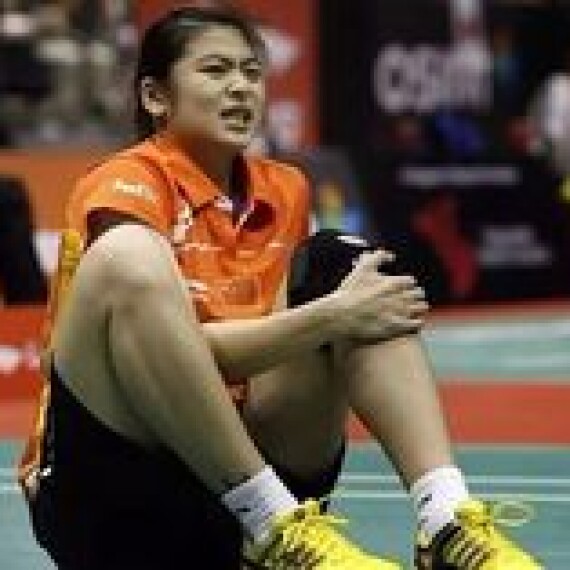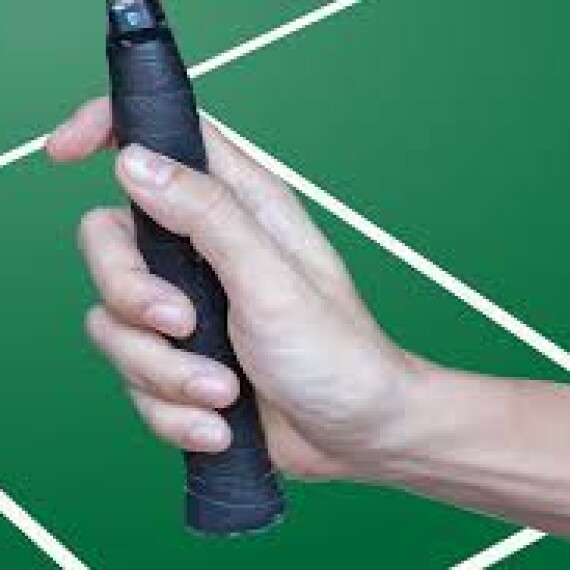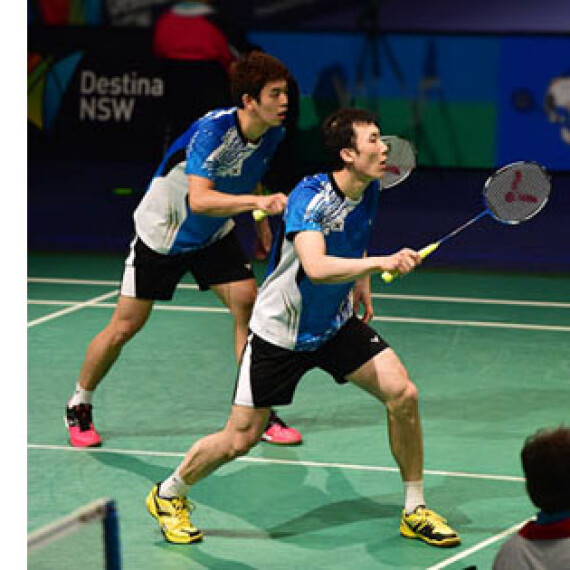7 basic badminton techniques you need to know
25 Oct, 2022 - badminton skills
7 basic badminton techniques that every player needs to know
Badminton is considered one of the fastest sports in the world. Therefore, many people think that it is difficult to practice badminton. However, as long as you know some basic rules and techniques, you can start playing this sport. If you are a beginner, this article would like to introduce you to 7 basic badminton techniques to help you easily get used to this sport.
1. Racquet technique
The most basic badminton technique that you need to know is the racket grip technique. Correct grip plays an important role in controlling the flight path as well as helping players minimize the risk of wrist injury. The right grip will help you perform well on both forehand and backhand shots.
The way to hold the racquet is similar to the handshake. Your thumb should rest comfortably on the wider surface of the handle. The rest of the hands are placed in the same way as when shaking hands. You should hold the racket comfortably, avoid holding it too tightly. Holding the racquet too tight will limit flexibility in movements and also lead to wrist injuries if played for a long time.
There are two techniques of holding a racket in badminton: forehand and backhand. The only difference between these two grip styles is the placement of the fingers:
Bring your index finger forward parallel to the handle of the racquet when making forehand strokes.
- Bring your thumb forward parallel to the handle of the racquet when making backhand swings.
2. Standing posture
Standing position shows how you stand when playing badminton, both during hitting and before serving. Standing correctly and firmly will help you move more easily, thereby providing better results when playing. In badminton, there are 3 standing positions, including: attack position, defensive position and support position.
Attack Pose
This position is used before performing overhead forehand highs. To do this pose, you need to turn your body towards the vertical lines, feet shoulder width apart and your dominant hand holding the racquet at the side of your body. Raise both hands up to create force to attack and help the bridge fly in a downward arc.
Defensive Pose
This is a position that helps you defend against the opponent's smashes. In this position, you need to rotate facing the net, with your dominant hand bringing the racquet in front of you at waist level and leaning slightly forward. You can relax the hand that is not holding the racquet, but still make sure to keep a good balance.
badminton support posture
ridge postureThis is the position to prepare to catch the opponent's demand line after you have made a push over the net. The bridge position requires you to put your foot on the same side with the racket handle in front, the other foot in the back. At this point, the racquet handle is raised in front of the face at a position slightly above the waist. To get ready for the berths, you should also raise your non-racket hand high and lean forward slightly.
3. Foot movement technique
Although the area of the badminton court has been limited, moving from one part of the court to another during badminton is not a simple matter. Foot techniques play an important role in helping you move in a more orderly and efficient manner. In fact, many trainers appreciate the importance of footwork more than any other technique. To move your legs effectively, you need to remember that:
- Always remember the starting position (background position)
- Only move 1 step sideways
- Only move 2-3 steps forward or backward.
4. Service technique
Serving is one of the most basic badminton techniques that you need to master. Besides performing difficult serve techniques, you should also know the service rules to have a valid serve and avoid possible errors. There are two common serve techniques in badminton, depending on the flight path and the way the shuttle lands.
High-handed serve
High-handed serves help you get the ball to the opponent's end of the court. You should make high-handed serves in case your opponent is capable of making strong smashes. Your opponent can also return this high-hand serve with tire shots or small misses over the net. Normally, you should serve into the opponent's backhand court because this is considered the weak point of most badminton players.
Low-handed serve
Unlike the high-handed service, the low-hand serve helps to bring the shuttle into the upper part of the court. The goal of the low-hand serve is to have the shuttle fly just above the net and land in the top corner of the court. In this case, if the service is not good, your opponent will have a chance to make a smash in return.
5. badminton smashing technique
Stairs are one of the most powerful and powerful techniques in badminton. This technique can be shown by a strong assessment towards the opponent or towards the required court. A required smash will make you unable to hit back. There are 3 technical requirements that you often encounter are:
Convenient update
The smash is a high smash over the head, the technique is similar to that of a handball. If you can do a good pitch, making a good smash shouldn't be too difficult for you.
Left Handle
This is one of the most “difficult” assessment techniques in badminton. Even professional members have difficulty in performing technical work. However, the key to getting a complete backhand smash is regular practice and good technique. To perform a backhand smash, you need to hold the backhand racket comfortably.
Jump and smash badminton
Jumping technique requires simply a combination of jumping and smashing techniques that require forehand. Accordingly, you will perform a jump before proceeding to smash at the request of your hand.
6. Small drop technique
Dropping the shuttlecock is considered a basic but very subtle badminton technique that can help you score points easily. You can do both forehand or backhand misses. This technique forces your opponent to support the ball in the front of the court, thereby creating holes in the middle and back of the court. Depending on the situation, you can make small misses with different fast and slow speeds.
7. Badminton tire technique
The shuttlecock technique in badminton can be visualized as the movement of bringing the shuttlecock over the net in an inverted U-shaped trajectory. Bridge tires will place the bridge closer to the touchline and make it difficult for the opponent to hit back. Unlike the drop technique, the tire technique makes your opponent focus on returning the shuttle at the end of the court, thereby creating holes in the front and middle of the court for you to attack.
Hope this article has made your badminton practice easier. So, what are you waiting for, try to immediately apply these 7 basic badminton techniques and enjoy a good time with your colleagues.


